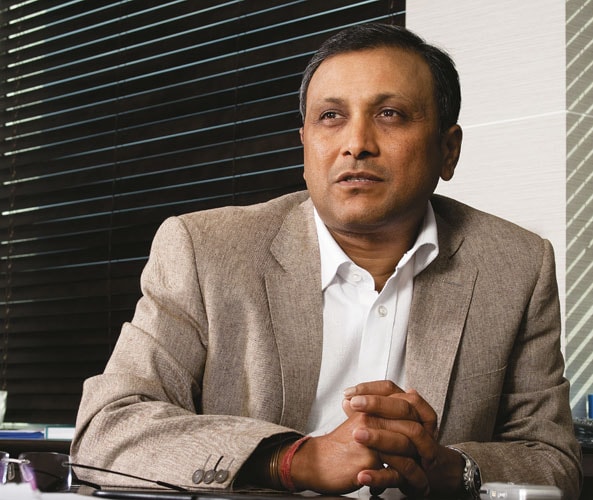
It's All About Managing Inventory
Walmart has adopted a cautious strategy to build scale in India, focusing on the North initially. Raj Jain, president of Walmart India, explains
What is the vision for international operations?
In the 70s and 80s, there was a general feeling that retailing does not travel well outside of the home country. Today, international is close to 25 percent of our total revenue. We believe it will be much more significant going forward.
If you were to go to a country like Singapore or like India, the effort in the first few years may be the same. But the size of the pie would be different in 30-40 years. So we must choose our location very carefully.
Lessons from other countries?
Central America, I would say, is the closest one can get to India. Very unorganised, farmer driven, mandis and all that kind of stuff. What we learnt from that experience — it was an acquisition — from the parent company — was it had to set up their own supply chain, directly sourcing from the farmers in clusters to be successful. The arbitrage available from the time a farmer grows something to the time you sell it on an average basket of fruits and vegetables in India is Rs. 2 per kg. So you have to make things work in that Rs. 2.
So what we are trying is [a] simple mechanism — source from the farmers, source it close to where the natural mandis are. And then putting this in an aggregation centre, sort out, grade and then supply it fresh to our store.
It’s a delicate balance between quantity and quality. That takes a lot of learning of customer habits — whether I do once-a-day or twice-a-day supplies. Potatoes and onions I can do once a day. But spinach I should supply twice a day. Housewives will make a mental note of the quality of spinach to decide how fresh the potatoes are. It gives you good understanding of your customer habits. [Then] I will be able to work backwards to see what my supply chain should look like.
Global Lessons but pricing is always local…
Pricing discussions are of a different kind – they are always local. What we are doing for this company is providing lot of velocity and sale through our outlets which otherwise they would not get. We are providing access to A and B segment customers so certain brands they know would do well in these segments at our outlets. We are allowing them the opportunity to showcase some of their products which they are unable to advertise.
If I am a product manager and am launching a new face cream I may not have a budget to advertise. Suddenly I see this easy day stores of Bharti, I will take this shelf from here to there and I am going to showcase the product. I will have a promoter who will make people try my product and even more important nine out of ten people who walk in are my customers. Pricing negotiations are always and there are benefits on both sides to understand the pricing dynamics.
Predominance of kiranas – is that something you see in other countries to the same extent? What are the challenges when competing with the Kirana stores?
The extent to which it [Kirana stores] is prevalent and evolved in India — I think is way ahead of other countries. That goes to [the] very nature of how it has evolved. In most other markets there are strong retailers, they may not be MNC retailers but there are strong retailers.
Despite the fact that we are an emerging economy our real estate costs is one of the highest in the world. Given the productivity and the efficiency in the supply chain the costs involved are very high. Although, it seems cheap but if you include all the costs – the hidden costs – it’s high. Those are the challenges we had to deal with
How do you measure supply chain efficiencies?
Retailing is all about how quickly I can turn around my inventory. For example cold cream — what is my inventory start of the season and what is it at the end of the season. After March cold creams become pretty much useless so you should have pretty much sold off all your cold creams. If you have anything left you have to throw it. Vendors are not used to the idea that cold creams must be out of my shelf by March. His idea is that I have sold it to my stockists and somehow it gets taken care of. There is no visibility to offtake, repeat purchase.
Competing with local retailers will be difficult — because they too do the same. Don’t they?
A lot of people have not done this. They don’t go to farmers. These things look very simple but not easy do on a day to day basis.
How do you manage cost structures?
As we open more stores and supply to more stores, economy of scale will come. And that is why we are not expanding beyond the North. Because if we don’t cluster and jam-packed supply base in a small geography then we can never make the game work.
In terms of a roadmap where do you see yourself?
We are in an experimentative stage and have passed the area of core learning. Best price is a great format for India because it meets a need which is huge and nobody focused on it. We will roll it rapidly. Best price – does not require too much of supply chain – we sell in large quantities.
(This story appears in the 23 October, 2009 issue of Forbes India. To visit our Archives, click here.)















